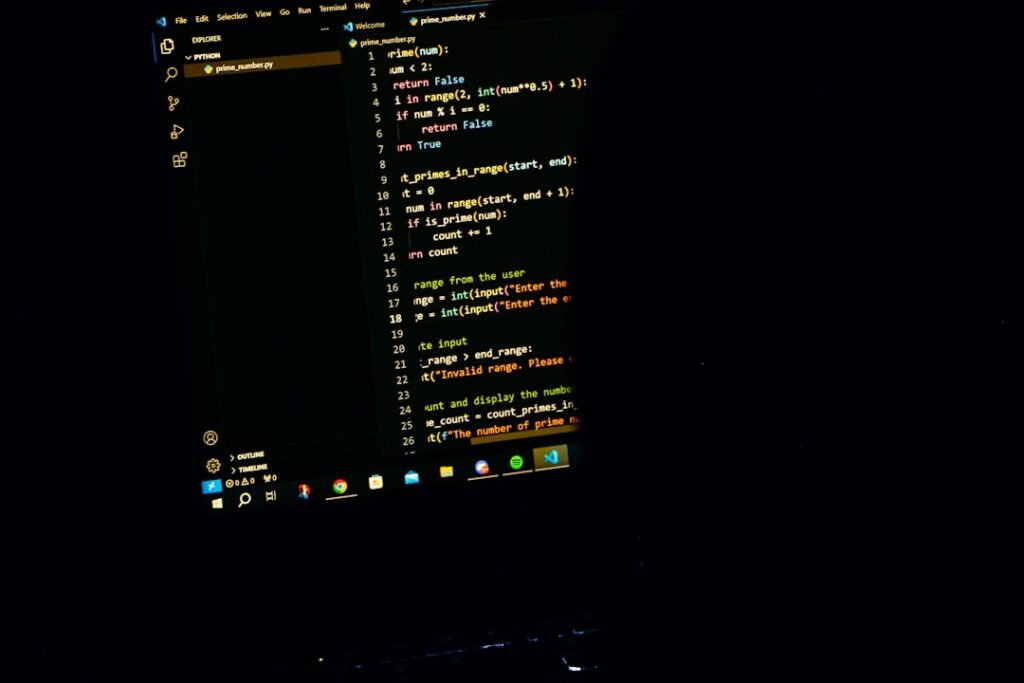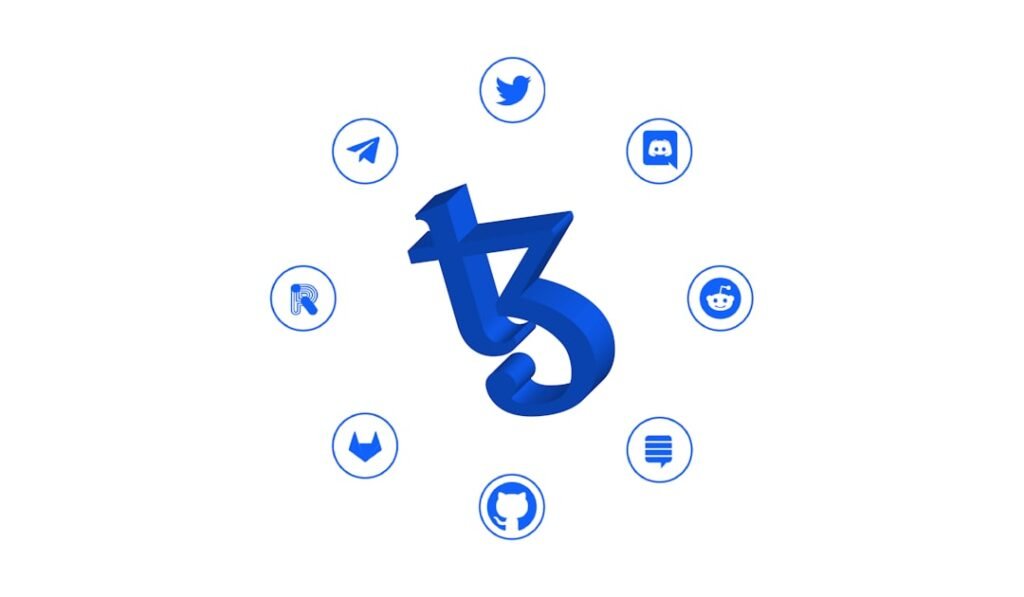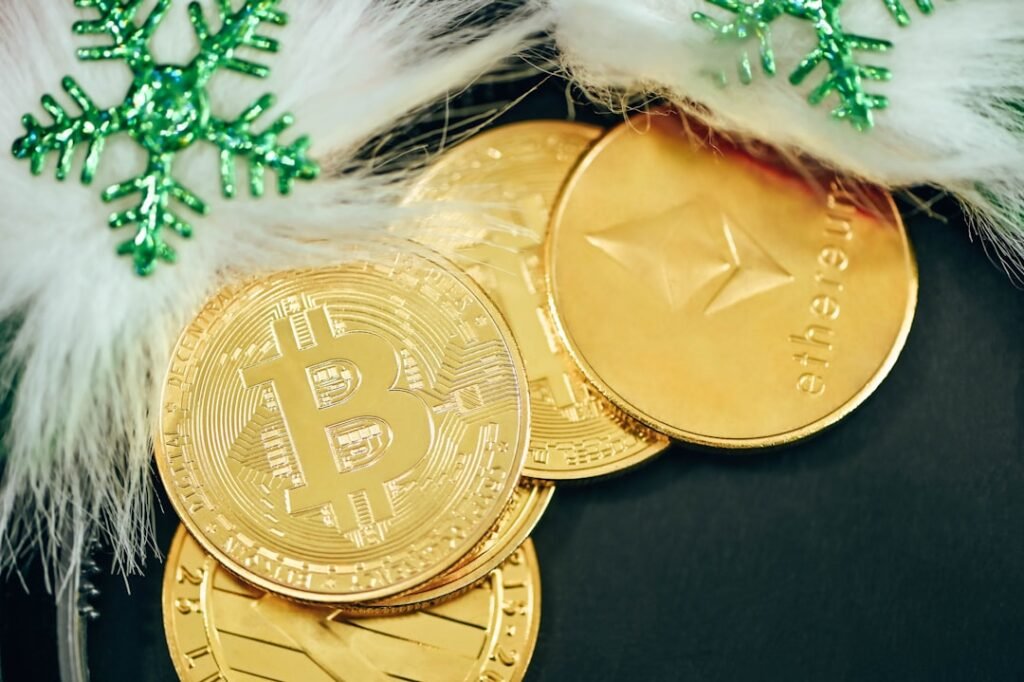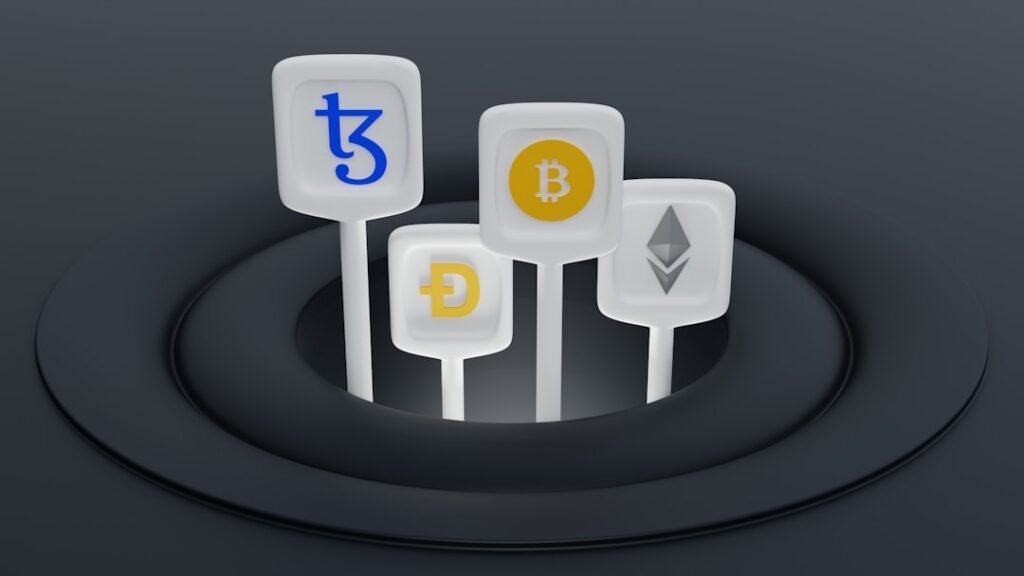Introduction to Popular DeFi Tokens: What Other Functions Exist Besides Governance Tokens?
Decentralized Finance (DeFi) has revolutionized the financial landscape by creating permissionless alternatives to traditional banking services. Built on blockchain technology and governed by smart contracts, DeFi enables transparent financial activities without intermediaries. While governance tokens like UNI (Uniswap) and COMP (Compound) frequently dominate discussions—allowing holders to vote on protocol upgrades—they represent just one category in a diverse ecosystem. DeFi tokens serve numerous critical functions that power this financial revolution.
Beyond Voting Rights: The Multifunctional Nature of DeFi Tokens
1. Stablecoins: Anchoring Value in Volatile Markets
Stablecoins are engineered to maintain a consistent value, typically pegged to fiat currencies like the US dollar. They mitigate cryptocurrency volatility and serve as reliable mediums of exchange within DeFi:
- Fiat-backed stablecoins (e.g., USDT, USDC) hold reserves in traditional currency.
- Crypto-collateralized stablecoins (e.g., DAI) are overcollateralized with other crypto assets to absorb market swings.
- Algorithmic stablecoins use smart contracts to algorithmically adjust supply and demand.
Stablecoins enable low-risk transactions, lending/borrowing, and liquidity provision without exposure to wild price fluctuations.
2. Utility Tokens: Accessing Core Services
Utility tokens grant holders access to specific functionalities within a protocol:
- Protocol Access: Filecoin’s FIL pays for decentralized storage.
- Fee Payment: Tokens like BNB (Binance Coin) reduce trading fees on exchanges.
- Rewards and Incentives: Tokens distribute yields for staking or liquidity provision.
- Network Security: Tokens like Ether (ETH) compensate validators for processing transactions.
Value correlates with the utility provided—expanding protocol adoption can drive demand.
3. Asset-Backed Tokens: Bridging Physical and Digital Economies
These tokens represent ownership of tangible or intangible assets on-chain:
- Real-World Assets (RWAs): Real estate, commodities (e.g., gold), or art tokenized for fractional ownership.
- Intangibles: Carbon credits, royalties, or intellectual property rights.
Tokenization unlocks liquidity for traditionally illiquid assets and enables transparent, borderless trading.
4. Liquidity Provider (LP) Tokens: Fueling Decentralized Exchanges
When users deposit assets into DeFi liquidity pools (e.g., Uniswap, Curve), they receive LP tokens representing their share. These tokens:
- Enable Redemption: Withdraw deposited assets plus accrued fees.
- Facilitate Yield Farming: LP tokens can be staked in other protocols for additional rewards.
Impermanent loss—value changes between deposited assets—remains a key risk.
5. Liquid Staking Tokens (LSTs) and Restaking Tokens (LRTs): Maximizing Capital Efficiency
- LSTs: Issued when staking tokens (e.g., stETH for staked ETH), they allow users to "stake and delegate" simultaneously, using LSTs in other DeFi activities.
- LRTs: Created by restaking LSTs, they compound yields across protocols.
Both carry de-pegging risks if underlying assets plummet or liquidity dries up.
6. Wrapped Tokens: Enabling Cross-Chain Interoperability
Wrapped tokens (e.g., WBTC for Bitcoin on Ethereum) "wrap" a native asset into a compatible format for use on foreign blockchains:
- A smart contract locks the original asset and mints a wrapped equivalent.
- Critical for cross-chain DeFi (e.g., using Bitcoin in Ethereum-based lending).
Reliance on custodians to secure locked assets introduces counterparty risk.
7. Non-Fungible Tokens (NFTs): Unique Digital Ownership
Though often associated with art, NFTs have DeFi applications:
- Collateralization: NFTs can back loans in protocols like NFTfi.
- Royalty Distribution: Automate payments to creators via smart contracts.
- Identity Verification: Soulbound NFTs (non-transferable) prove credentials.
Value ties directly to the scarcity and utility of the underlying asset.
8. Meme Coins: Culture-Driven Speculation
Meme coins (e.g., Dogecoin, Shiba Inu) derive value from social hype rather than utility. They are high-risk assets with no intrinsic purpose beyond community-driven trading.
Risks and Considerations
Investing in DeFi tokens requires acknowledging inherent challenges:
- 波動性: Non-stable tokens can experience extreme price swings.
- Regulatory Uncertainty: Evolving policies may impact token functionality.
- Smart Contract Vulnerabilities: Bugs or exploits can lead to fund losses.
- 流動資金風險: Low-trading-volume tokens face slippage and exit difficulties.
總結
Governance is just one facet of DeFi tokens. From stabilizing transactions (stablecoins) and unlocking services (utility tokens) to fractionalizing real estate (asset-backed tokens) and enabling cross-chain liquidity (wrapped tokens), these digital assets underpin a multifaceted financial ecosystem. Liquidity provider, staking, and restaking tokens further optimize capital efficiency, while NFTs expand ownership models. As DeFi matures, token innovation will continue redefining finance—prioritizing transparency, accessibility, and user sovereignty. Investors should navigate this space by balancing utility against risks, ensuring informed participation in the decentralized future.












